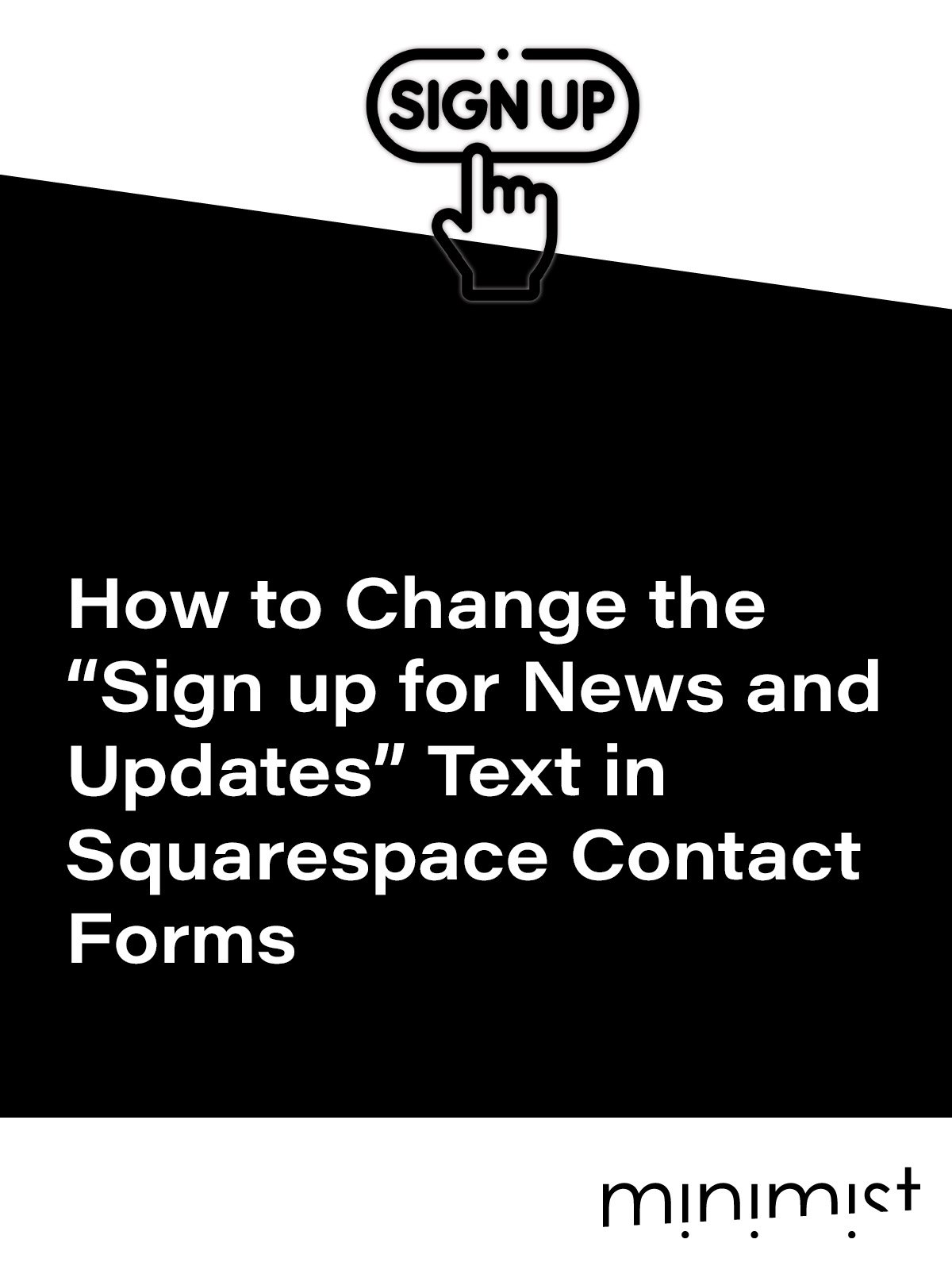How to Create a Great Website Portfolio
If you’re trying to get new web design clients, a portfolio will be one the most critical parts of your website. It’s in your best interest to put some effort into it and make sure it truly showcases the type of work you do best, the problems you’ve solved for your clients, and results you’ve achieved in the past.
A portfolio is your chance to tell a story about the successes of your clients and the benefits of hiring a professional like you to build a trustworthy brand.
In this article, I’ll outline the steps necessary to help ensure that your website converts those casual looky-loos into people who identify with what you’re selling and potential clients who can’t wait to hire you.
Tell the Story
Each of your clients will have a philosophy, a problem, and/or a product to share.
Your job as a web designer is to compile the things that are most important to them and build a website that represents their style and personality. Once you do this and execute a killer website, the hard work is already done. Take that information and translate it into a case study that shows others what you’re made of.
A portfolio should be more than just screenshots of the website you created. Take the information you gathered during the project and use it to tell others how you used that information to turn a vision into reality by describing the brand, the business goals of the website, and the problems you solved for the client.
A good story will resonate with people who are looking for something similar and remember that the design of your own website is a clear indicator of what you’re capable of. A web designer with a bad site is like a mechanic with a filthy, poorly-maintained car.
Include Testimonials
Everyone wants to keep up with the Joneses. If someone else has something amazing, their peers secretly want it too, even if they won't admit it.
Testimonials create social proof that working with you is a great thing. Hiring a professional is a significant investment for a lot of people. It’s valuable to telegraph that other people have been happy with your services, and it reinforces that they’re making the right choice.
I like to include a good-news story or a quote from the client on each one of my portfolio pages. You can scatter them throughout your website to ensure they’re seen or consider creating a dedicated page of testimonials if you have a lot of them.
Create An Experience
Spend some time on it. I see so many website portfolio pages that are just a haphazard collection of lazily placed screenshots of previous projects.
How confident would you be in the level of care placed in a custom house build if the builder’s own showroom was sloppy and falling apart? You might also think twice about going to a hairdresser with terrible, greasy hair. Consider what people might think of a web designer with a bad website. Every designer has their own design style and taste. Embrace it to attract clients that enjoy your design style. If you just copy the design of some successful design agency, you’ll land a whole lot of clients that you don’t connect with. Working with clients that you don’t connect with is the fastest way to start hating your job.
Don’t Include Everything
One of the challenges of being a designer is the need to acquiesce to the wishes & demands of your clients while simultaneously maintaining your dignity.
Every now and then you’ll get a client who insists on a gaudy red-blue gradient, a spinning GIF…
…Comic Sans (shudder).
Your goal is always to please the client. If your client is super happy with the end result complete with all of its gradients, poor font choices and clashing colours, you’ve technically done your job. Remember that you have no obligation to attach your name to work you’re not proud of and even less obligation to include that work in your portfolio. Only include your strongest projects.
Pro Tip:
The work in your portfolio doesn’t even have to be for real clients. When I first started my business, I built a website for a fake, exclusive molecular gastronomy restaurant called ‘Dorsia’ (an American Psycho reference) using stock images with no address and an impossibly long reservation list. I actually got a couple of emails from executives and miscellaneous rich people begging to make a reservation. It landed me enough clients to fill my portfolio with real clients and testimonials.
Keep it Current
Are you a seasoned professional with 20 years of experience in web design? Good for you. Don’t include projects you completed in 1998. Design trends and technology changes at an alarming rate, if you’re showcasing work you did in the 90s, you’re actually showcasing the fact that you don’t respond well to change and that you’re out of touch with modern trends.
If you’re just starting out, anything is better than nothing, even if your last project is from several months ago.
Are you a perfectionist? Done is better than perfect and not done. I struggle with this one a lot. I catch myself agonizing and obsessing over paragraph & image placement, moving them up & down and side to side by 1 pixel at a time and other tiny, insignificant details for hours. If I had just published something, it would have been out weeks earlier.
Don’t let your neurosis keep you from putting your work out into the public, you can always edit it later if you find yourself losing sleep over some small detail that only you will notice.
—
This is just the start. If you’re a web designer, your own site is part of your portfolio as well. If your website isn’t converting visitors into clients, take a look at this article to find out why people might be leaving your website.














![How to Change Images on Hover in Squarespace [Simple Guide]](https://images.squarespace-cdn.com/content/v1/671a6d15050267628d1bfe3a/1729955141069-JY8TZ37717WLM0T405BZ/Minimist+Web+Design+-+Squarespace+Designer+and+Developer+-+Change+Fluid+Engine+Images+on+Hover.png)














